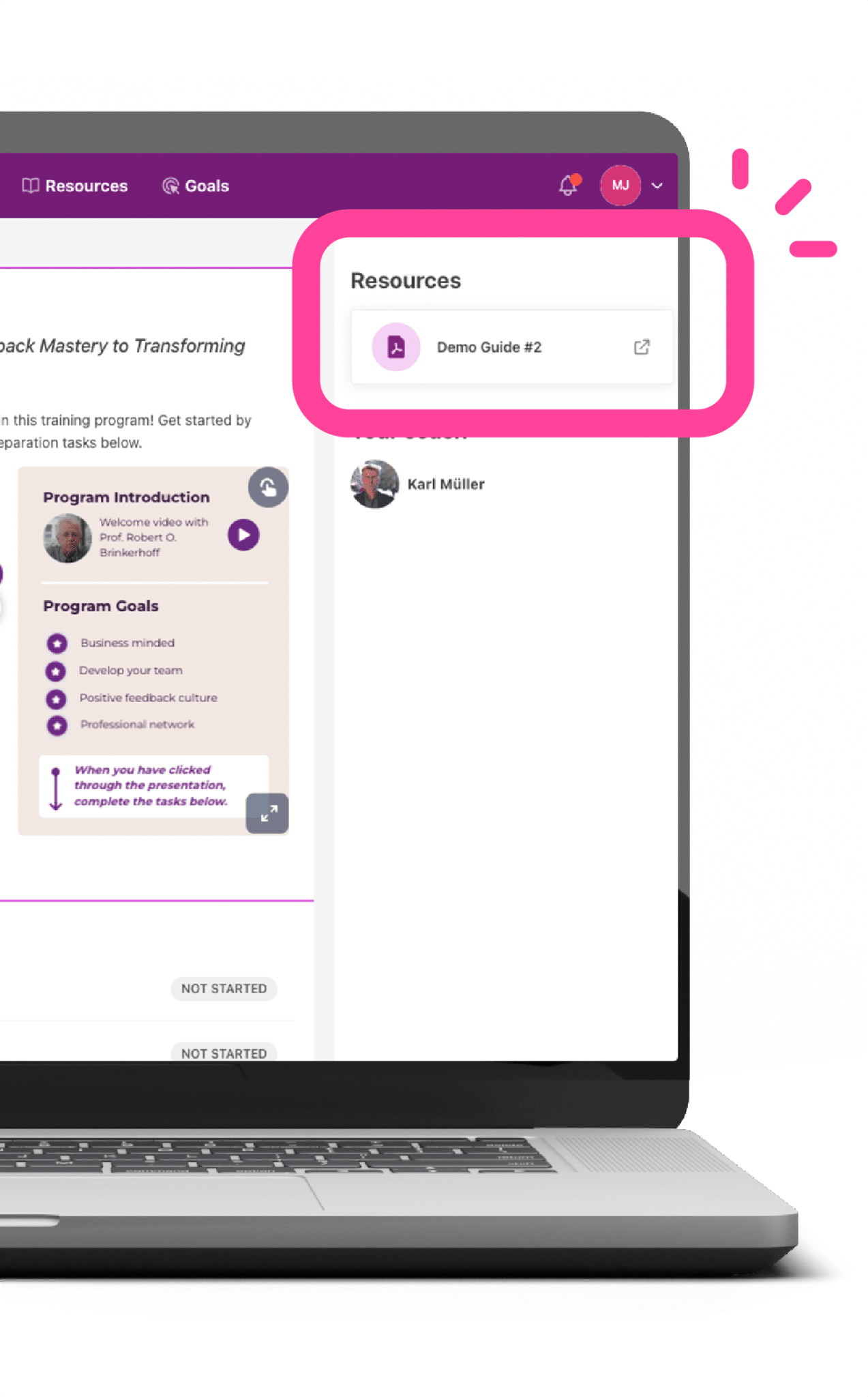A pandemic has arisen all around the world. And no, we are not only talking about the Covid-19 disease, but we are also talking about the pandemic of systemic racism – at the workplace, in our homes, and in society. So how do you change someone’s mind and behavior? Steve and Allison Mahaley, Red Fern LLC, has created a digital learning path based on the High Performance Learning journey methodology to help organizations interrupt the system of systemic racism.
In the news
It’s alarming. We, globally, are witnessing a pandemic unfold as of this writing – a pandemic that disproportionately affects people of color and other minority groups. While we may be thinking, rightly, of the COVID-19 disease, there is another pandemic that has been gripping the US since its inception – that of systemic racism[1].
In the US
The murder of George Floyd (and others) has turned the spotlight on deadly racism[2] here, but other countries around the world are certainly not immune to this particular disease. In fact, there are long and terrible histories of racial domination, exclusion, enslavement, and marginalization all around the world.
Organizational impact
It would be comforting to think that the external context of systemic and ongoing racism does not affect our organizations – our workplaces, our teams, or our collective performance. Of course, that would be naïve. Studies abound that point to the advantages that inclusive environments have for performance[3], and the power of psychological safety[4] to unlock trust and innovation within teams.
It’s personal
We believe everyone is somewhere on a continuum of awareness, acceptance, understanding, and engagement on issues of systemic racism. We also believe that it is important for leaders to help others move along this spectrum toward more inclusive work cultures which in turn, will lead to more inclusive communities. Many people are ready to do something about racism but are unsure where to start. We believe that every place is a good place to start – there is no ‘bad’ starting point.
Everyone is invited to learning and do more. Simply activating curiosity to learn more about the experience of others, and more explicitly connect one’s values to one’s actions can turn into powerful motivation. Once the values of inclusivity and human understanding are elevated, it is important to understand the field of play – the dimensions in one’s life and work where they can act as agents for change. We have identified four such dimensions:
- Personal: Deepening one’s own understanding and knowledgebase about unconscious bias, historical and current context of racism
- Work: Forging authentic cross-cultural relationships in the workplace that are rooted in mutual respect
- Inner Circle: brave conversations we can have in our families and with friends regarding race
- Outer Circle: The work we do civically to disrupt and change the systems that have been revealed
What to do
Changing patterns of thought and behaviour takes time. This must be a journey of personal insight, growth and action. We have designed what we term a ‘personal high performance learning journey’, borrowing heavily from the work of Prof. Robert Brinkerhoff. In fact, we have used the structure and components of high performance learning journey design to create courses designed for the would-be ally[5]. These courses are open to the public, and tailorable to our corporate and non-profit clients.
The common denominator
It begins with the individual, declaring their intentions, understanding context, becoming acquainted with their own bias, and then building a skillset for productively interrupting the systems that (often unwittingly) limit opportunities and performance. Yes, public declarations by CEO’s of opposition to racism[6] are welcome, but the real work of anti-racist action begins at home, with you, and us.
Learn more at our upcoming webinar with Steve and Allison!
Register for our upcoming webinar: Powering a Personalized Learning Journey for Anti-Racist Allies
Curious about how you can build your own learning journeys? Learn more about our High Performance Learning Journey certifications program here!
Sources:
[1] https://theconversation.com/weve-been-facing-a-pandemic-of-racism-how-can-we-stop-it-140284
[2] https://theconversation.com/white-nationalism-born-in-the-usa-is-now-a-global-terror-threat-113825
[3] https://www.mckinsey.com/business-functions/organization/our-insights/why-diversity-matters
[4] https://rework.withgoogle.com/print/guides/5721312655835136/
[5] https://myredfern.com/open-enrollment/the-white-ally-toolkit/
[6] https://qz.com/work/1864328/ceo-statements-on-race-matter-more-than-you-think/
Author: Allison Mahaley & Steve Mahaley


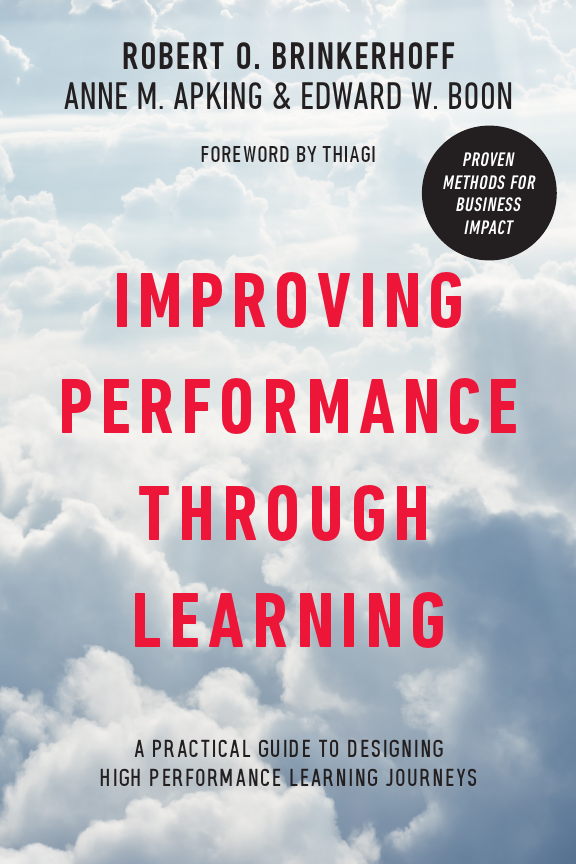
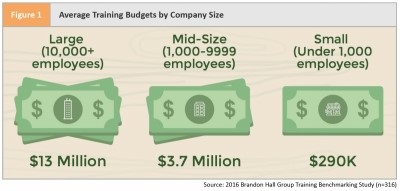
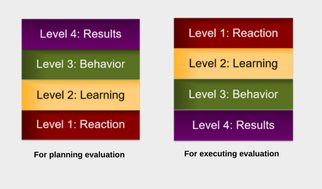
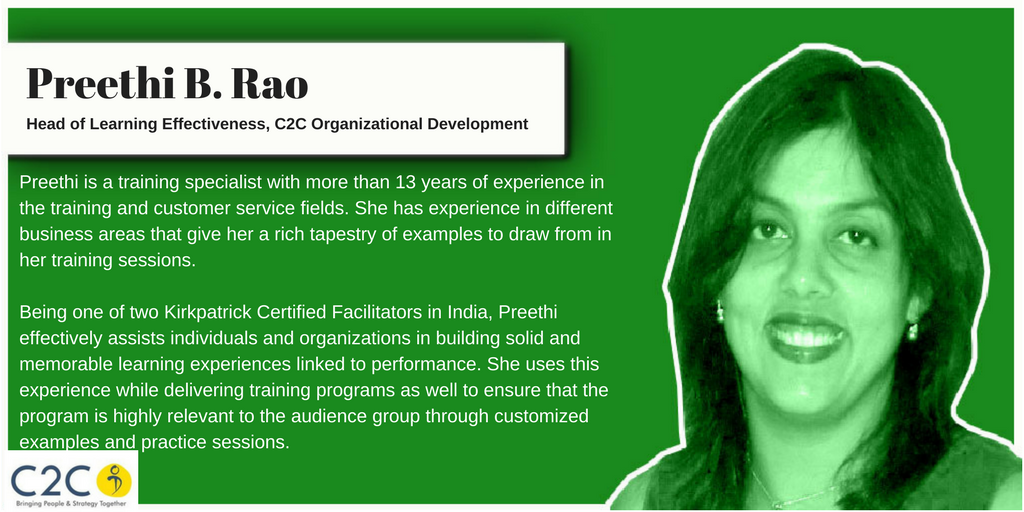 [/vc_column_text][pi_image][/vc_column][vc_column width=”1/3″][/vc_column][/vc_row][vc_row][vc_column][vc_empty_space][/vc_column][/vc_row][:]
[/vc_column_text][pi_image][/vc_column][vc_column width=”1/3″][/vc_column][/vc_row][vc_row][vc_column][vc_empty_space][/vc_column][/vc_row][:]
